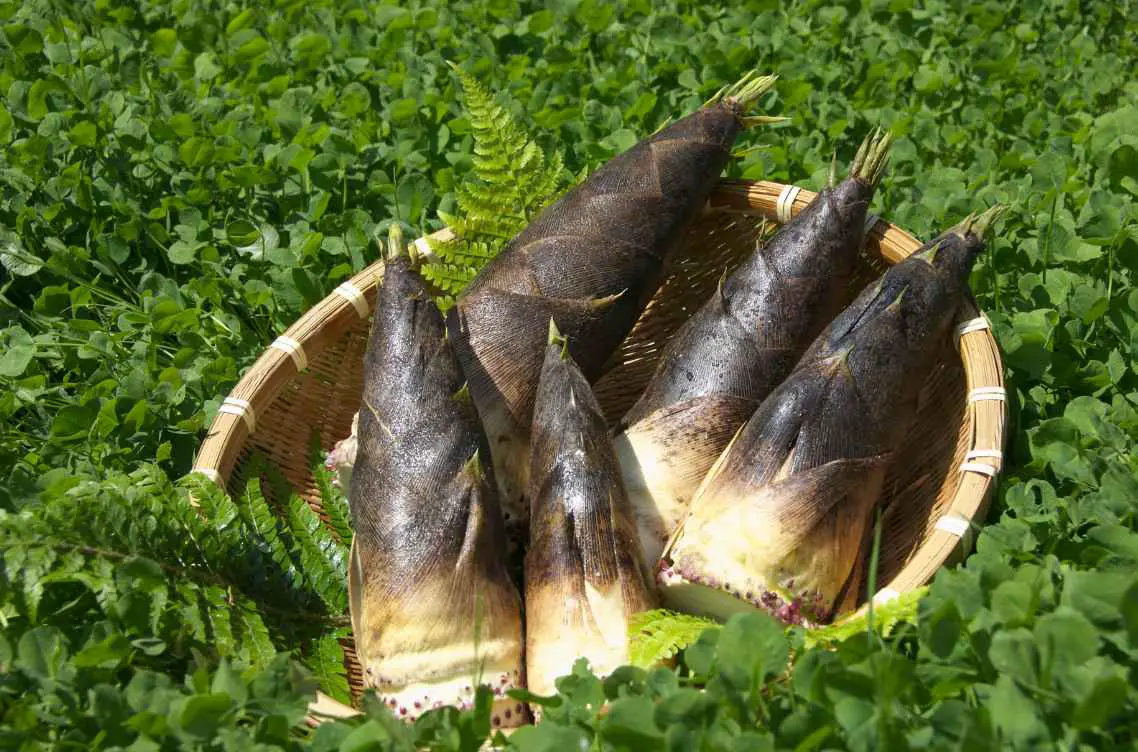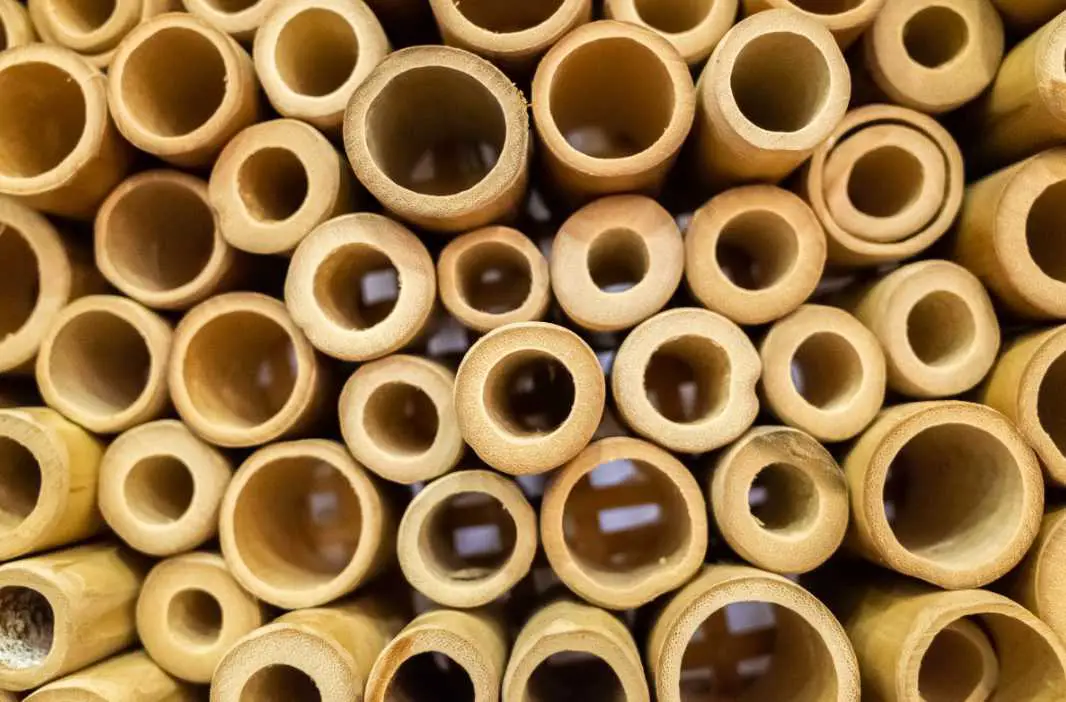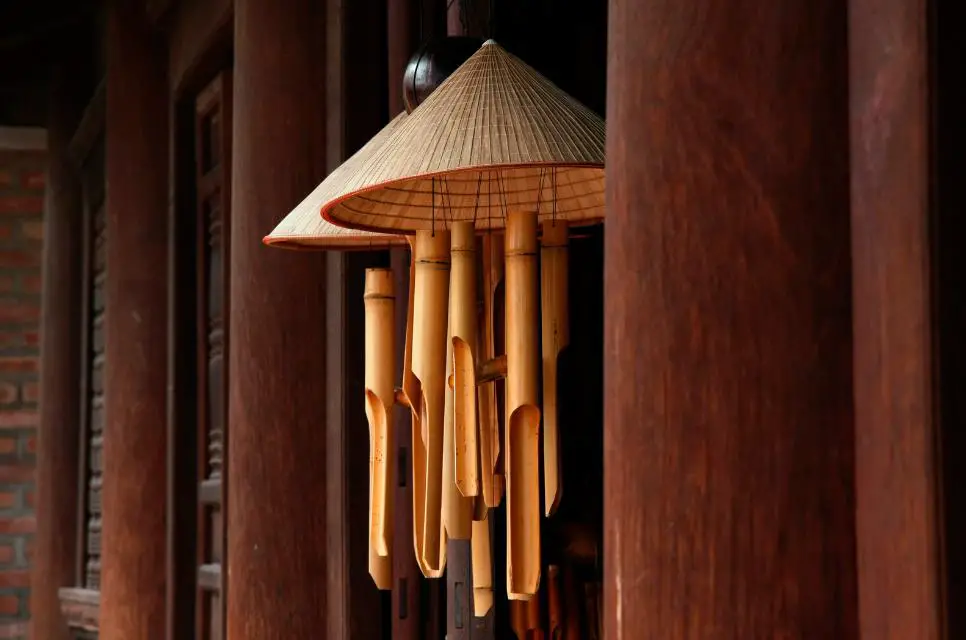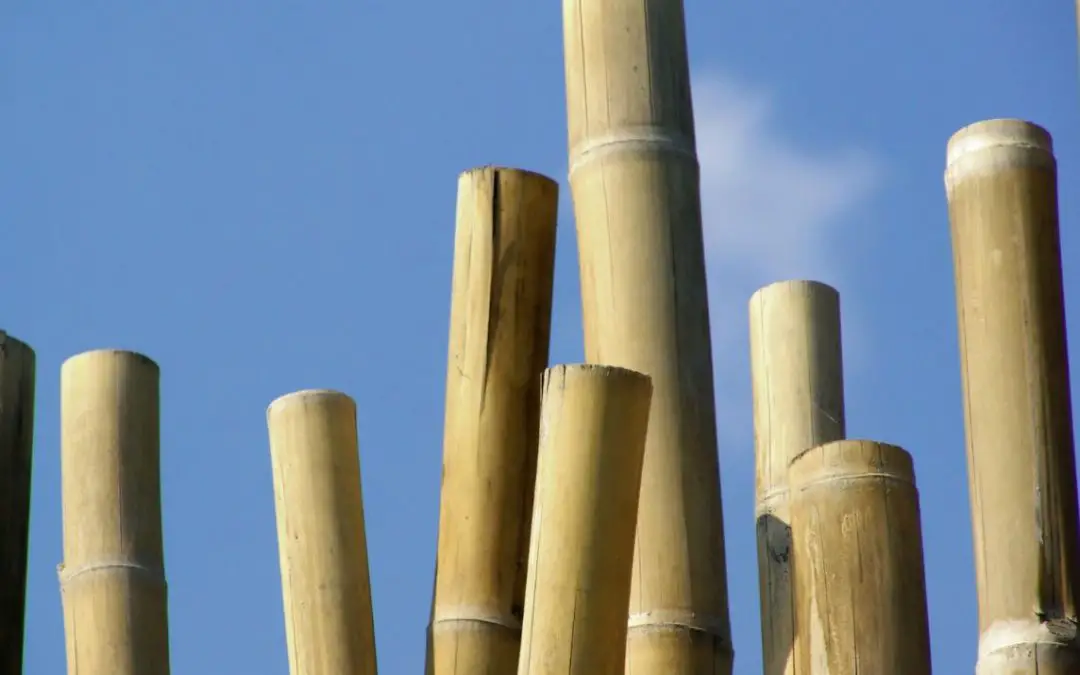If you’re not sure whether the popularity of farming bamboo in America is on the rise, just take a look at my email inbox. Better yet, take my word for it. Nearly every day I hear from farmers and aspiring agrarians across the country who are thinking about replacing an existing crop or acquiring land to grow bamboo. They are aware of bamboo’s incredible sustainability and the increasingly widespread use of bamboo products. But what’s the best way to grow bamboo and earn money from it?
While bamboo is enormously useful and remarkably fast-growing, it’s not necessarily easy to make money growing bamboo in the US. The biggest obstacle, from a business point of view, is the lack of bamboo processing facilities in America. Therefore, the business model has to be based on selling simpler goods that don’t require processing. This includes fresh bamboo shoots, fresh bamboo leaves, live plants and straight bamboo poles for construction and light crafts. You could also have the biomass converted into ethanol biofuel, as those facilities are becoming more widespread in the US.
NOTE: This article originally appeared in March 2021 and was updated in January 2022.
Why it’s hard to make money growing bamboo in the US
Bamboo products are almost everywhere these days. The bamboo flooring is famously hard and durable, and a far greener alternative to tree lumber. And bamboo sheets and clothing are sumptuously soft and breathable, free from the copious pesticides that go into conventional cotton farming. But all those products — laminated bamboo lumber and bamboo viscose fabric — are being milled and processed in Asia, where most of the world’s bamboo still grows.
Of course, it would be fabulous if we could make those beautiful and eco-friendly products from American-grown bamboo. But without the factories and processing facilities here in the states, it’s simply not an economical option. Shipping bamboo eastward across the Pacific to have it processed in China and then shipped back in a more finished form just doesn’t make sense.
In order to make this a viable option, and an attractive crop for big American farmers, we need to have some kind of bamboo infrastructure stateside. Without the factories, a flourishing domestic industry will probably remain nothing more than a bamboo pipe dream.
What we really need are some big players with deep pockets to step up and build a factory to produce cross-laminated bamboo lumber for building and construction. A bamboo paper or textile mill down in the land of King Cotton would also be a game-changer. And I have reason to believe that this might actually happen in the next couple of years. (Stay tuned for that!)
Best ways to make money growing bamboo right now
In the meantime, without a domestic bamboo industry, here are six great ways you can still make money by farming bamboo in the land of baseball and apple pie.
1. Sell fresh bamboo shoots for food
Once your bamboo plants have established themselves, it takes about five years to reach maturity. By that time, we might have a couple of bamboo factories here in the states. Not only that, but your mature bamboo groves will be pushing up hundreds of fresh shoots every growing season. In warmer climates like Southern California or the Deep South, that will usually mean twice a year, spring and fall.

Not every species of bamboo has edible shoots, but most of them do. The bigger species that make more sense to grow on a plantation — like Moso (Phyllostachys edulis), Bambusa oldhamii, and numerous species of giant Dendrocalamus — are all quite popular for eating. Asians have been eating bamboo shoots for thousands of years, and your local Chinese and Thai restaurants would probably love to find a local source of this choice ingredient. Or if you’re willing to put a little more work into it and earn a bit more money, you could set up a booth at your nearest farmer’s market.
2. Harvest fresh bamboo leaves for tea and other beverages
You’re not likely to get rich selling bamboo leaves. But if you already have a bamboo farm, it’s quite possible to make some extra money selling this often overlooked byproduct. Bamboo leaves are high in silica and excellent for building healthy joints and skin. As humans, we can’t really digest these leaves, but the valuable nutrition is easily accessible by steeping bamboo leaf tea.

Gather an ample heap of fresh, green leaves and allow them a few days to dry. Then grind the dried leaves down and fill a stainless steel tea egg. Prepare as you would any other herbal tea. You can also add honey or lemon for taste, although the bamboo flavor itself is quite nice. Alternatively, you can submerge whole leaves in cold water and let them soak overnight. The resulting bamboo water is tasty and nutritious.
I was recently contacted by a small company in the UK that produces commercial bamboo water. They had just run out of leaves and needed a few hundred kilos of raw material in order to brew another batch and restock their warehouse. I’m not sure what the going rate is on bulk leaves, but you might find it more lucrative to sell hot and cold bamboo tea by the cup, alongside your baskets of fresh bamboo shoots.
In more high-tech industries, silicon from bamboo leaves is being used in satellites. But that could be a rather out-of-reach market to tap into.
3. Sell top quality poles for building
It’s probably the most obvious way to monetize a bamboo plantation, but in case you hadn’t thought of it, high-quality bamboo poles are almost always in demand. If you have a hundred acres of bamboo, you might have a hard time selling that many poles, but hardware stores regularly sell bamboo poles for various gardening and construction purposes.

Once in a while, someone organizing a music festival or building a meditation retreat center might even be interested in a tremendous quantity of timber bamboo poles for a large-scale project. In this case, you’ll want to have a good species of timber bamboo. Those tall and straight varieties with the thickest culm walls will be the most desirable. In warm, subtropical climates, you could be growing some variety of Bambusa or Dendrocalamus. In more temperate regions with freezing winters, Phyllostachys species are a better option, such as Henon (aka Giant Gray) or Madake (aka Japanese timber).
4. Turn excess bamboo biomass into ethanol fuel
Turning bamboo into fuel is a great option for a number of reasons. For one thing, the planet has been suffering from twin threats of fossil fuel dependency and an energy crisis for a few decades now. Bamboo is readily renewable and captures (rather than releases) CO2 as it grows.
Secondly, there are actually a handful of bio-ethanol facilities operating in the US already, with more on the way, capable of processing bamboo. Be aware that the process of turning bamboo into ethanol is a bit different from making ethanol out of corn, and most facilities only do one or the other. Those that convert wood chips into ethanol can do the same with bamboo.
Finally, as a bamboo farmer, it’s nice to know that any quality of bamboo biomass can be made into ethanol. That means you can sell all the best poles and shoots for top dollar if you have a market for them. Then you can sell what’s left, the cracked poles and the remnants, to the ethanol factory. For the sake of economy and ecology, it’s important to use as much of the crop as possible.
5. Add value by producing bamboo crafts and products
If you have the manpower, the inclination, and the proper carpentry skills, you can always add value to your bamboo crop by turning it into some finished product or another. Bamboo is amazingly versatile, as we’ve said, and terrifically fun to work with. The number of things you can do with those rigid, hollow poles is almost endless. From a rustic set of windchimes to a crafty coffee table, your imagination is the only limit. Try carving a hole in the side of a bamboo segment and filling it with a miniature succulent garden.

Now your stall at the farmer’s market or your roadside tea stand is really coming together. All year round, you can have something bamboo to eat, or drink, or sit on, all locally grown. Even if this isn’t the focal point of your bamboo enterprise, your neighbors will certainly take notice.
6. Sell live bamboo as a nursery
Another obvious way to turn bamboo into cash is by selling live bamboo plants. Running bamboos are especially easy to propagate. Those sprawling rhizomes are virtually unstoppable. And people will pay good money for a healthy bamboo in a good-sized pot. A vibrant bamboo in a 5-gallon pot can sell for anywhere from $40-$100, or considerably more if it’s a rare species. Offer the added service of delivering and installing bamboo for residential and commercial landscapes, and you could have a thriving business.
This sort of enterprise can be done on any scale, depending on your capacity. If you’ve got the space for it, you could even operate a wholesale nursery, supplying retail outlets with plants. And all this can be done alongside a farm where you regularly harvest the poles for construction, ethanol or any other purpose.
So what are you waiting for? Get up and grow!
A word about carbon credits
There’s a lot of buzz about the carbon credit market these days, and we cannot overlook this as a possible monetization strategy for bamboo growers. As of 2022, however, there is no certification standard for generating bamboo carbon credits in the US. President Biden’s ambitious infrastructure bill, which includes many incentives to stimulate green business, may also have some provisions for bamboo-related carbon credits. But it’s uncertain whether the bill will pass.
In any case, the international market for carbon credits is volatile but potentially lucrative. And it’s something we are following very closely.
If you’re interested in discussing the very latest information on bamboo carbon credits, in the US and elsewhere, check our in-depth article on Growing Bamboo for Carbon Credits or contact us to schedule a consultation.
Further reading
If you found this article interesting and inspiring, and you’d like to learn more about how to make money growing bamboo, then check out some these related stories.



























Do you buy Bamboo?
Not so much
I’m looking for a buyer for my bamboo
Check your local nurseries and hardware stores. They might be interested in plants or poles.
Another thought provoking article. Thanks for sharing.
-Firefighter Nate
I have bamboo growing in my backyard in Verona, PA. I would love to sell it!!
I have a bamboo farm and have no idea where to begin. Thank you for this info.